2020 Vintage Bulletin
2020 Vintage Bulletin
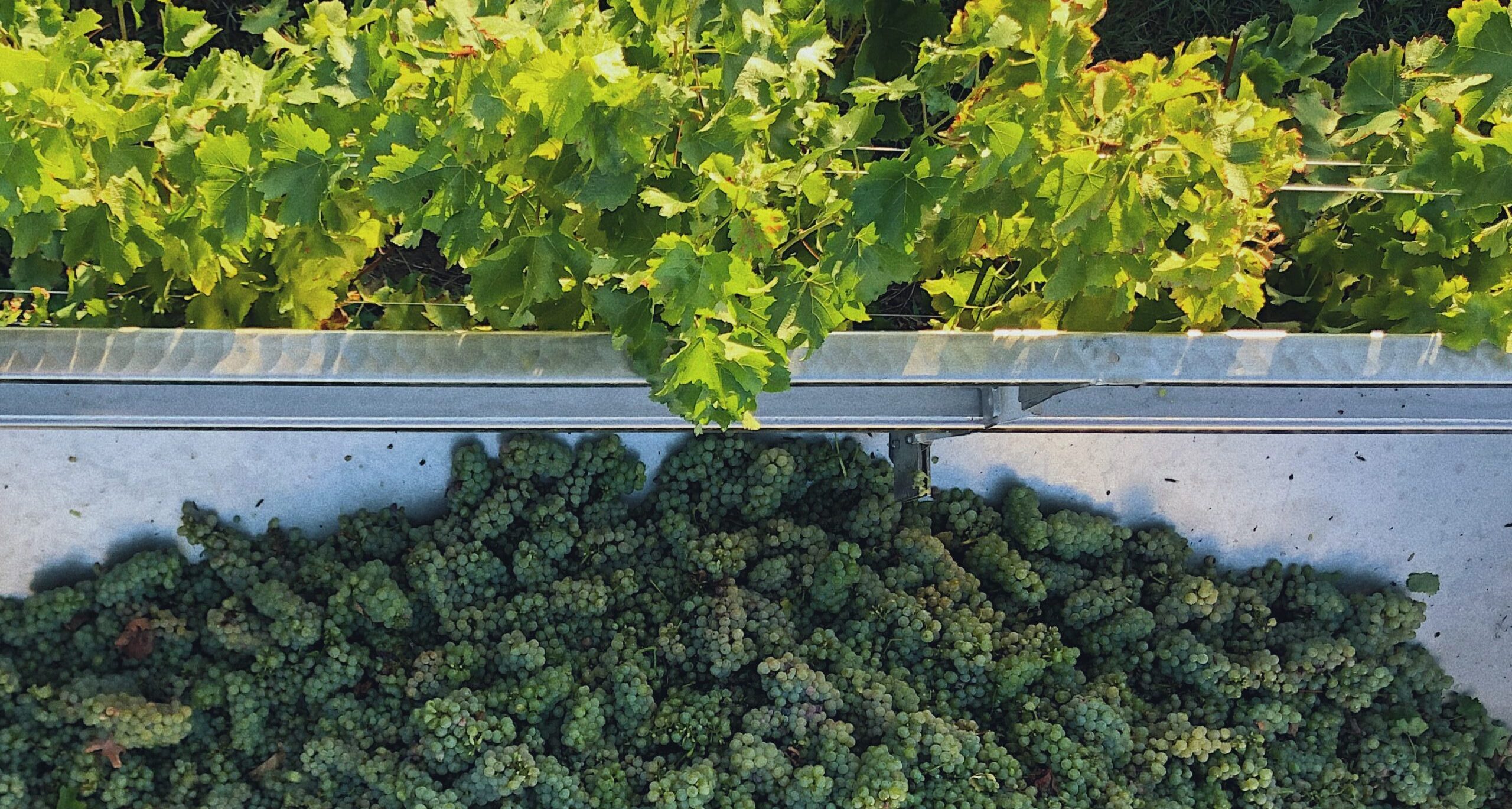
2020: A Swinging Year
Despite the burning desire to avoid cliché-statements, 2020 proved quite atypical in the vineyards too, with abnormal swinging temperatures and precipitations, and a harvest otherwise reminiscent of those 20-30 years back. Macro-regional pollution levels were below average (a 30% decrease in NO2 compared to previous years), with net positive environmental effects (more on that below) – this alone is food for thought on the day-to-day and visible impact of climate change.
Seasonal Temperatures
The Winter of year 2020 started anomalously, with averages ranging around 6°C, atypical highs (reported peaks of 18°C more than once), and few days below 0°C. To close the season and welcome Spring, a few days symbolic of the period: peaks of 23°C immediately followed by a dip below 0°C on March 25th – thankfully, budbreak occurred only the following day.
Except for confined and mild frosts (which caused a 5% crop loss) at the beginning of April, Spring proceeded uneventful. In June, the first positive effects of decreased pollution showed, with average temperatures comparable to those of 30 years ago over the same period.
Fairer climate continued in Summer, exemplified by lower-than-average minimum temperatures (with lows of 13°C in July) and only a handful of peaks above 35°C. Cooler temperatures and the consequently more severe diurnal shifts allowed for a slower and better paced ripening season, confirmed by the postponement of first grape picking day. Finally, during harvest time in September, daytime highs were above average but morning lows compensated with a median 16°C: ideal conditions for picking.
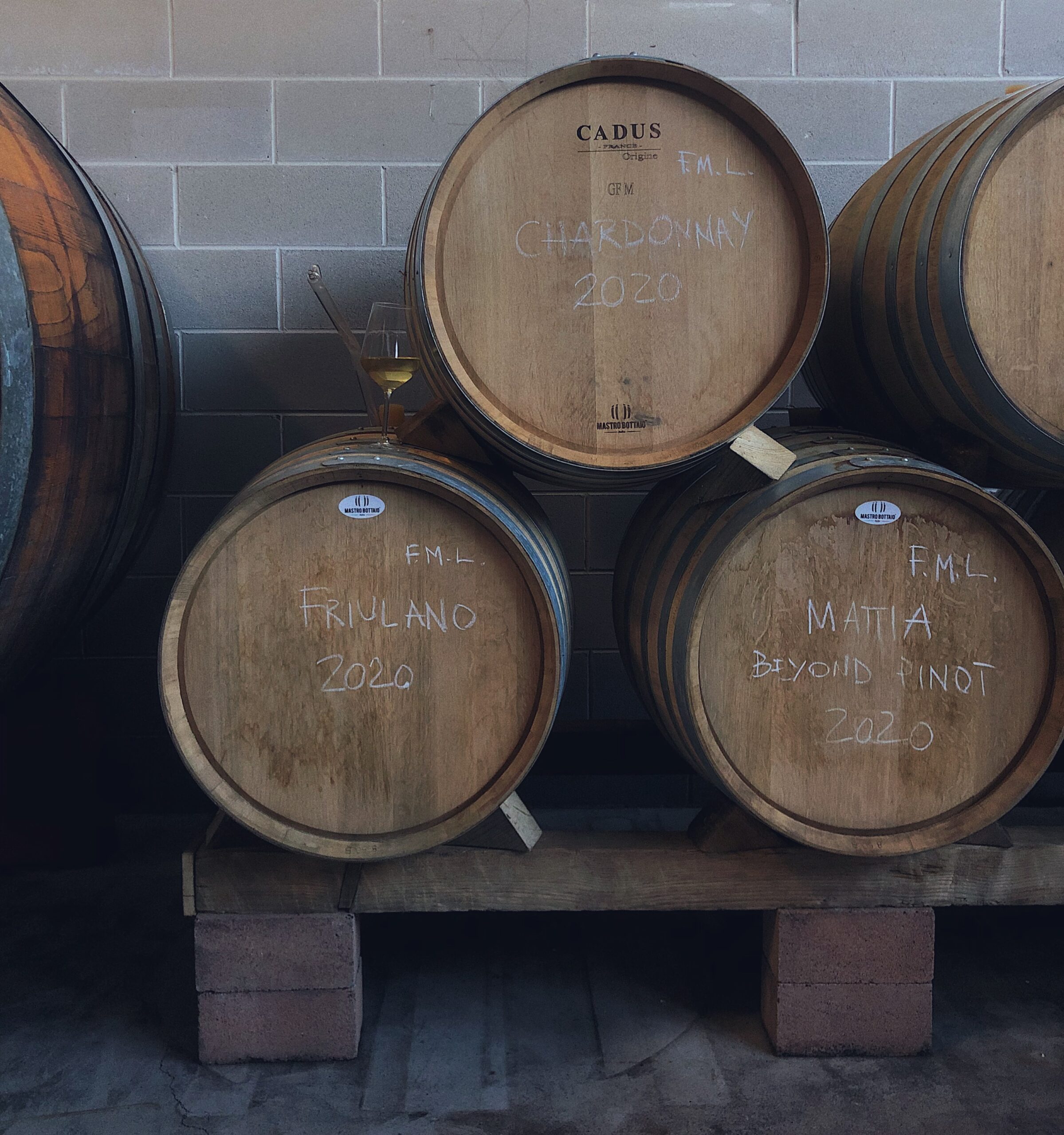
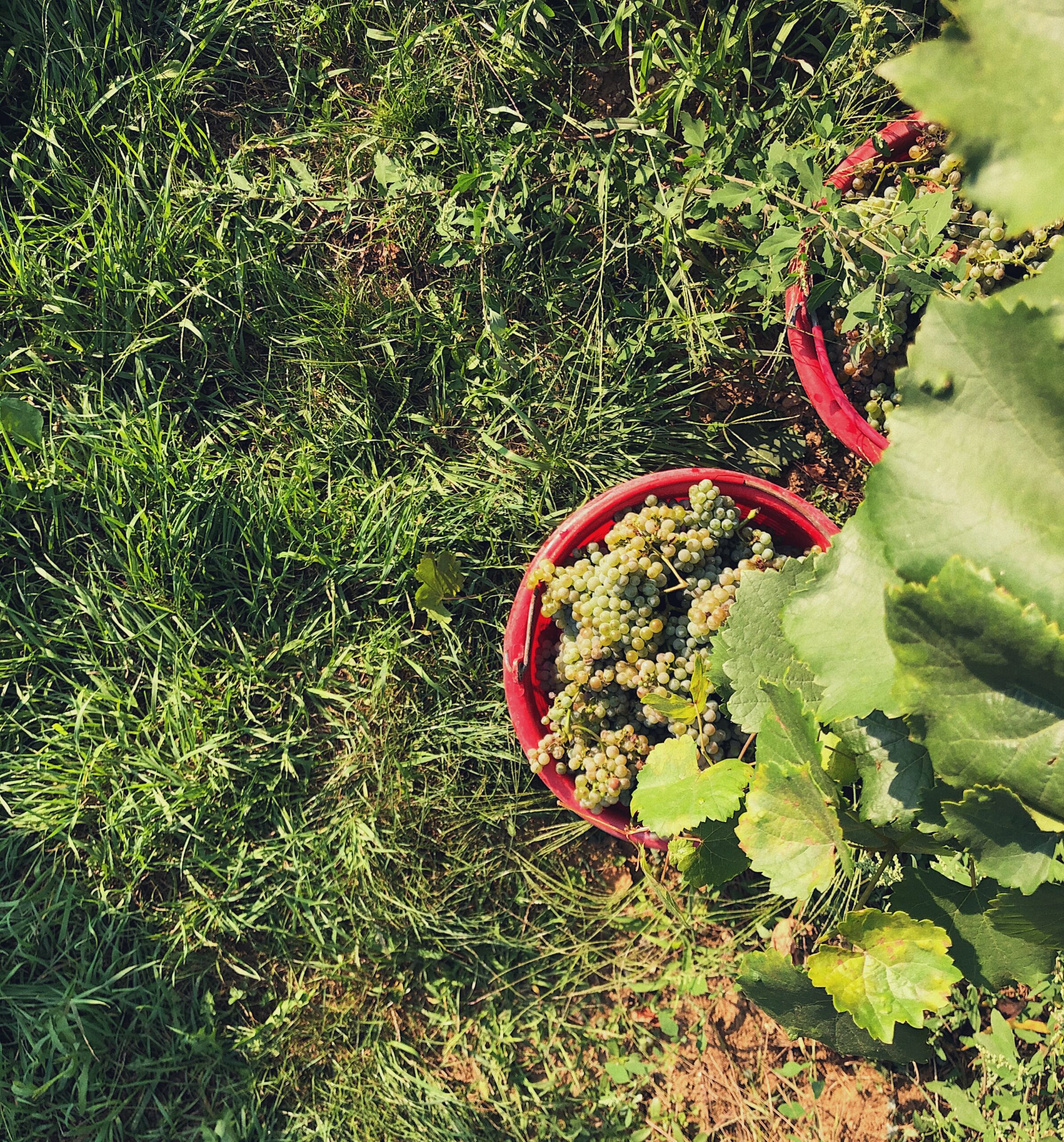
Seasonal Precipitations
Winter 2020 showed precipitations that were equally abnormal, with only 23mm in its first two months. To follow were 140mm in the first six days of March, a 50% increase compared to the previous 60 years average.
Spring followed with equally prolonged dry periods and rainfall reappearing only at the end of April, after 6 weeks of drought, putting overall uniformity of budding at risk (more below on how it was avoided). Waterfall recovered only in May, with a well distributed fashion, although still 20% below historical average. Volumes and diffusion patterns were standard in June.
Summer rainfalls, although regular, did not fully compensate previous deficits and we decided to intervene with circumscribed irrigation in the Bicinicco vineyard. Abundant waters (double the average of the past two years) dripped in August, concentrating over its last three days, and provided a serendipitous source of nutrition for the berries. Dry weather characterized the harvest period, with heavy rainfalls reappearing only on September 22nd, the day after grape picking came to an end.
In the Vineyards
Overall, except the abovementioned frosts and irrigation, the way to the harvest proceeded void of noteworthy events: budbreak occurred on March 26th, flowering commenced on May 18th, bunch closure happened on June 20th, and veraisonfollowed on July 16th, all standard timings. Harvest kicked off on September 3rd.
The unfavorable distribution of water was not a remarkable problem, courtesy of the vineyard management practices we employ, such as:
- Exclusively mechanic undervinemowing, which pushes roots to dig deeper than they otherwise would, hence gaining access to additional water resources.
- Leaf and cluster thinning, and vine suckering.
- For Chardonnay, Merlot, and Refosco, green harvest, removing an average of 40% of clusters, also benefitting vines by reducing their water needs.
- Pruning (we leave an average of only 9 buds per vine) which, on top of concentrating nutritional delivery and hence yielding superior grapes, also reduces water demand for the plant.
All the above favored an abundant ratio of water and nutrient per cluster, and ample aeration between berries, offsetting phytosanitary risks and unhealthy ripening. Finally, the long median age of our vines too contributed to superior water and nutrients retention – handy during the more stressful periods.
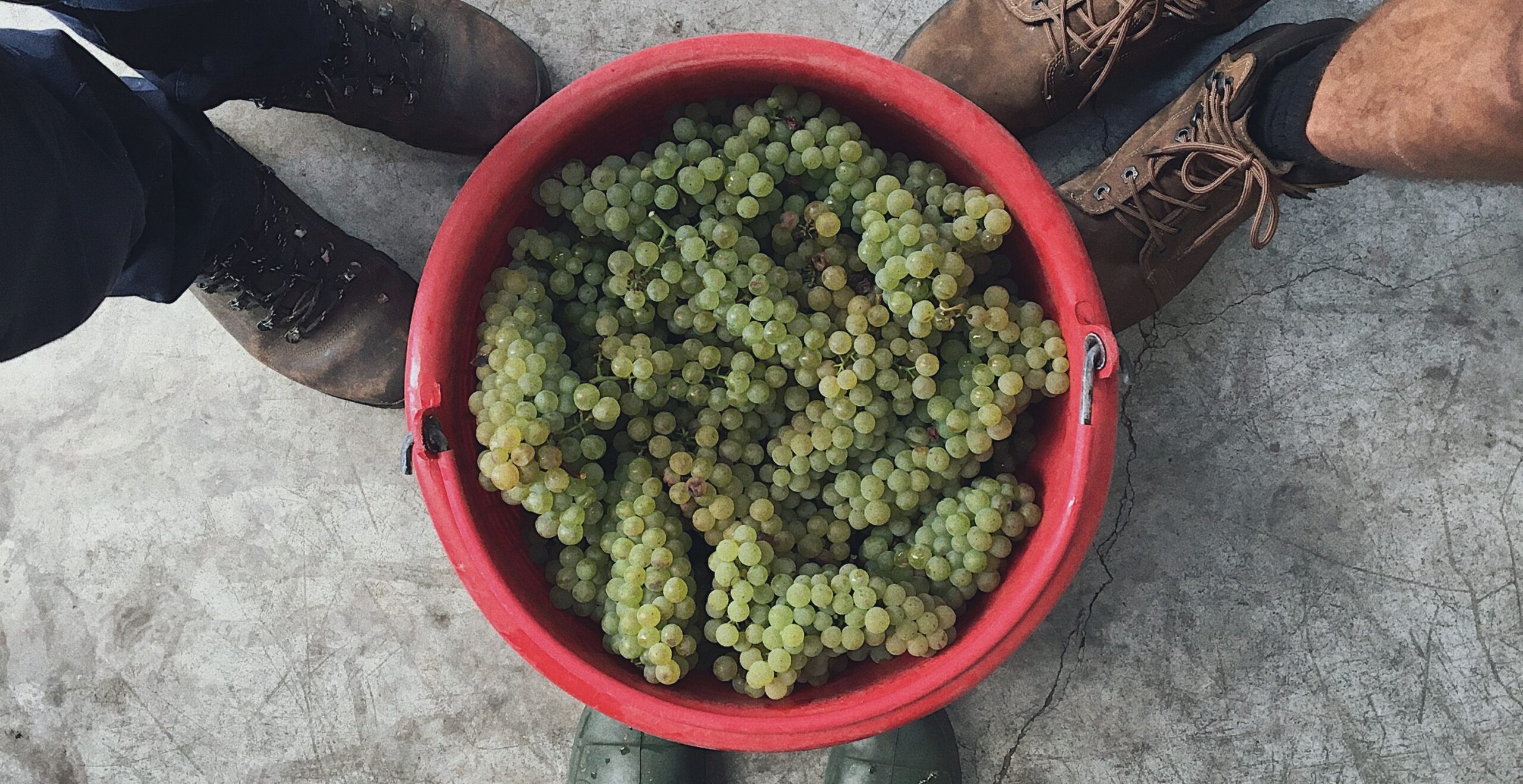
About the Harvest
In 2020 we further anticipated the time of picking to 5:00, finishing around 11:00. This choice was motivated by the evident benefits of harvesting during the coolest hours of the day, which helps preserve cluster integrity and prevents oxidative processes to the must, hence retaining a wealthier polyphenolic expression.
Our average yield for the vintage was of 1.3 kg/plant and the superior climatic conditions allowed us to harvest the grapes for all our wines, including My Time, XL, Campo del Viotto, and Refosco, each challenging because of –respectively – co-fermentation, fermentative maceration, and, for the reds, appassimento. Noteworthy, albeit small, was Mother Nature’s gift of Botrytis cinerea in a portion of our Friulano grapes (then allocated to My Time).
On Winemaking
Overall, this vintage we focused on a reduction of residual sugars, now at an average of 0.6 g/l, with the aim to ever-growingly represent a distinctive picture of our terroirs in Grave. With the same goal, we repeated for the second year our work with spontaneous fermentations of native yeasts, focusing again on a portion of XL – we consider this delicate fermentation as a crucial step in communicating the character of our terroirs in the most authentic form. We are also glad to share that Pinot Grigio, Friulano, Sauvignon, and ILRamato, our wines journeying solely through stainless steel, are gluten-free.
What remained the same as in previous years were:
- Our practice of keeping musts separate as per their vineyard of provenance, each vinified independently and with a different and most adapt yeast.
- Our choice for extended sur lie aging and bâtonnage (details for each wine in their respective tech sheets), to express a fuller and more representative spectrum of the varieties’ characteristics.
For 2020 Pinot Grigio (45,000 bottles), Friulano (7,000 bottles), Sauvignon (22,000 bottles), and ILRamato (45,000 bottles), what changed, in comparison to the 2019 vintage, was:
- A slightly shorter élevage in the tanks, instead opting for a 30-day long evolution in the bottle before release –a practice we plan on continuing and possibly extending, to highlight the benefits in the wines’ expression as they take their time.
- Shorter macerations for both Sauvignon and ILRamato: a superior ripening season provided the grapes with a richer polyphenolic charge.
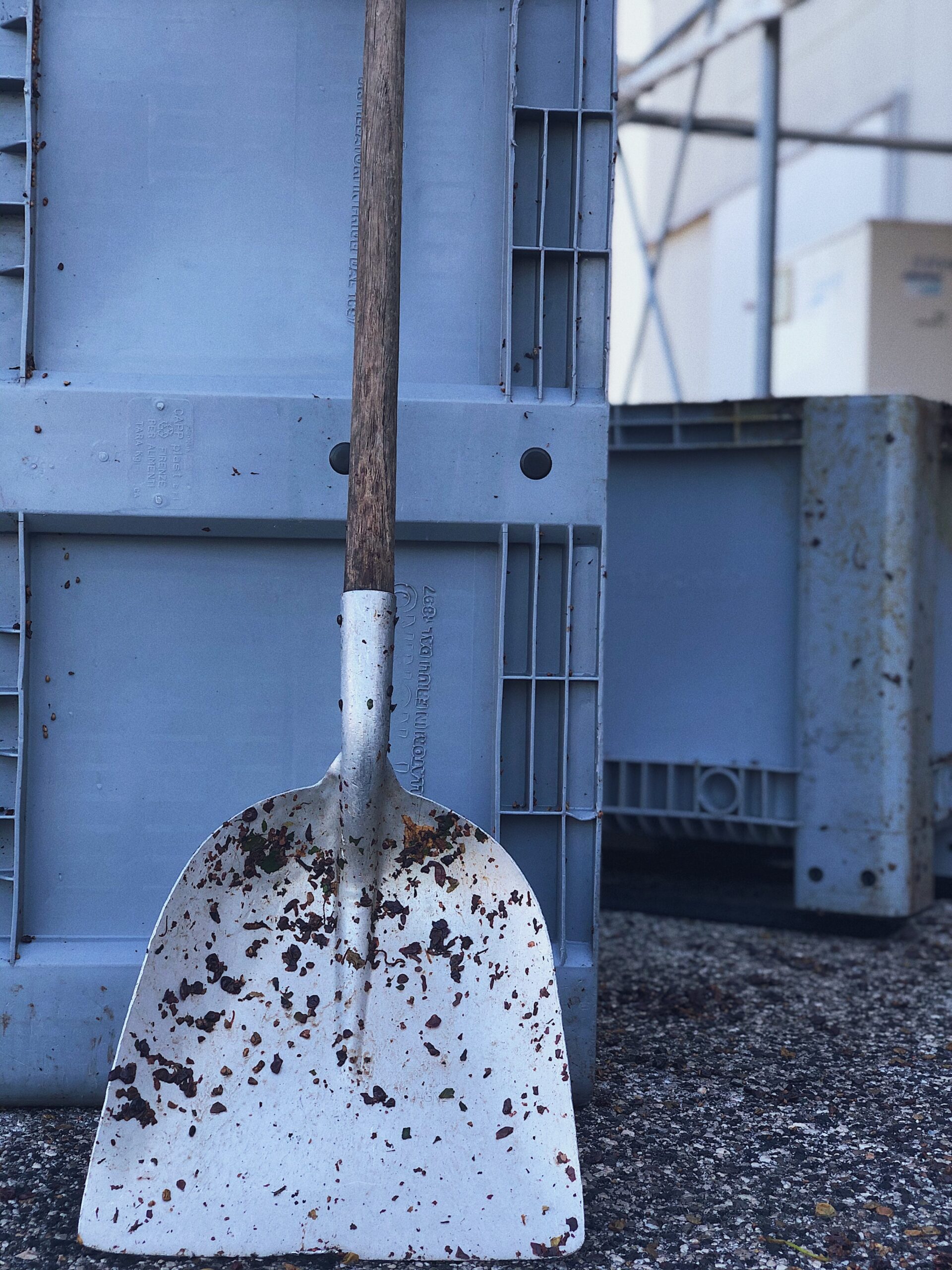
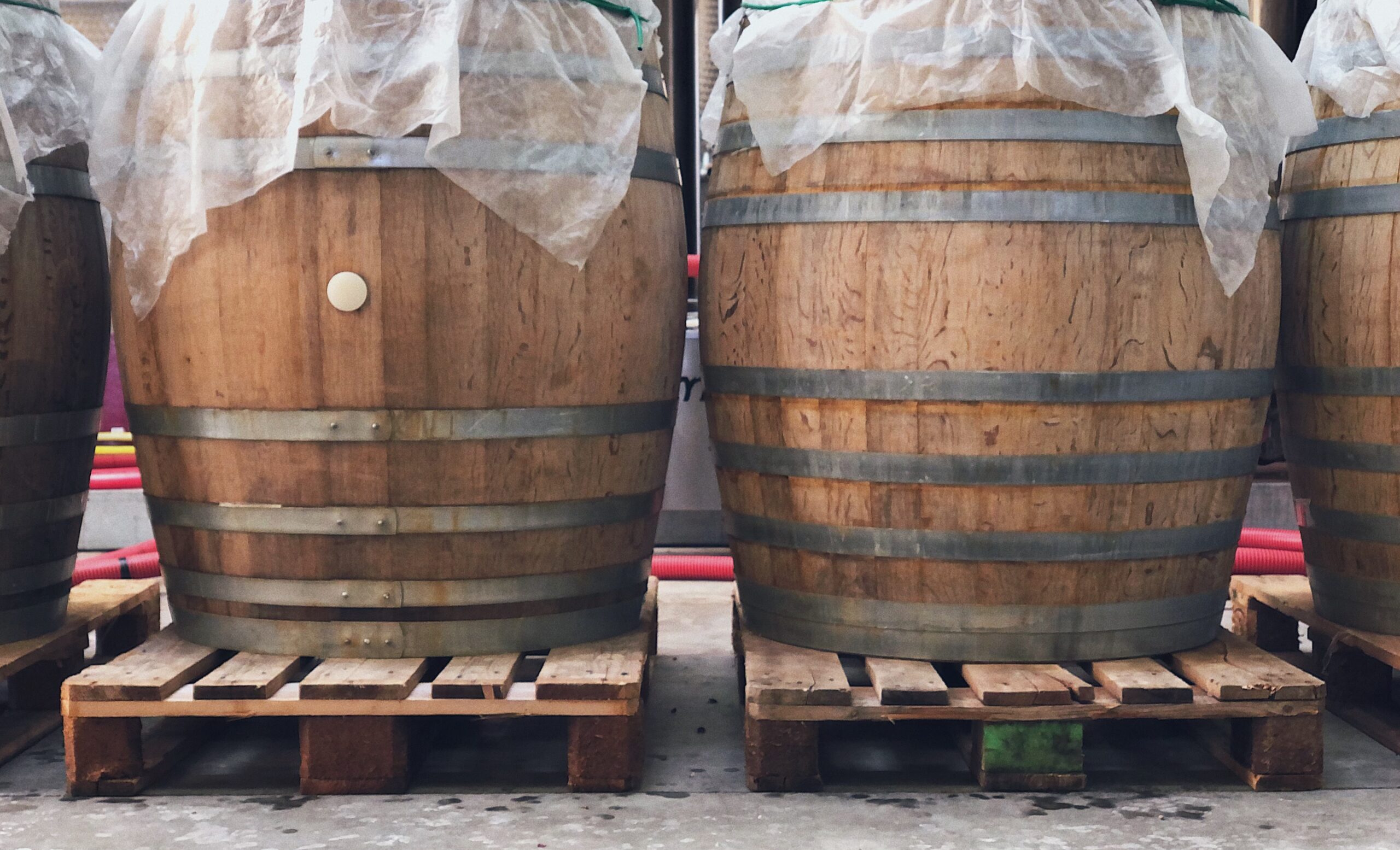
Dedicated notes for 2020 Merlot, Lara [Sunset Scent], Mattia {Beyond Pinot}, My Time, XL, Campo del Viotto, and Refosco will be shared upon release – in the meantime, find details below about the vintages of said wines released this year:
- Lara [Sunset Scent] 2018 (4,000 bottles). In the 2017 vintage, all the grapes went through a pre-fermentative maceration and a smaller portion evolved in oak, so as to let the wine better express its varietal character in spite of a very tropical August. In 2018, climate conditions were far superior and, although only part of the grapes cold macerated before fermenting and a higher portion of the wine aged in oak, the varietal notes stand out more.
- Mattia {Beyond Pinot} 2017 (4,000 bottles). While 2016 was undeniably a superior year, we are proud of the enological path of this vintage. In face of 2017’s equatorial August, we decided to skip the pre-fermentative cold maceration and not to pursue a full malolactic fermentation, as well as to reduce oak élevage from 34 to 18 months, plus 12 months in stainless steel: this all shows in a wine carrying a distinct acidity, highlighting a balance and “tension” that better reflect our vision for this interpretation of the cultivar.
- My Time 2016 (2,700 bottles). Differently from the 2013 vintage, we only used second passage oaks for fermentation and aging. Combined with a September affected by frequent rains during its second half, we decided to harvest sooner than we wished and this shows in a leaner wine with notable minerality.
- XL 2018 (2,200 bottles). Again, the 2016 vintage was a season for the books. That year, a third of the grapes macerated at a cold temperature before going through the fermentative maceration. In 2018, instead, all the grapes started immediately the fermentation on the skins. Hence, the gentler floral notes present in the previous vintage step aside in favor of a more muscular and tannic wine and a highlight on the variety’s more potent aromatic notes. We will continue bypassing pre-fermentative maceration going forward.
- Campo del Viotto 2016 (4,000 bottles). The same rain that was unwelcome for My Time proved a blessing for this Merlot as it extended (with a net benefit) the grapes’ ripening time. This vintage was also a first as we started using larger (500 liters) and untoasted oak barrels, as well as reducing the portion of appassimento grapes (residual sugar is consequently 20% lower than in Campo del Viotto 2015), courtesy of an overall warmer climate allowing for a superior polyphenolic ripeness. All the above changes show in the wine’s richer aromatic expression and a fuller, more representative varietal character, less the previous vintage’s density.
To wrap things up, we look ahead (always!): in 2021, among other developments, we are starting our conversion to Organic, as well as extending our work with spontaneous fermentations to other wines and with innovative techniques we are eager to share –more your way soon!
Keep the Wheels turning,
The Scarbolo team


